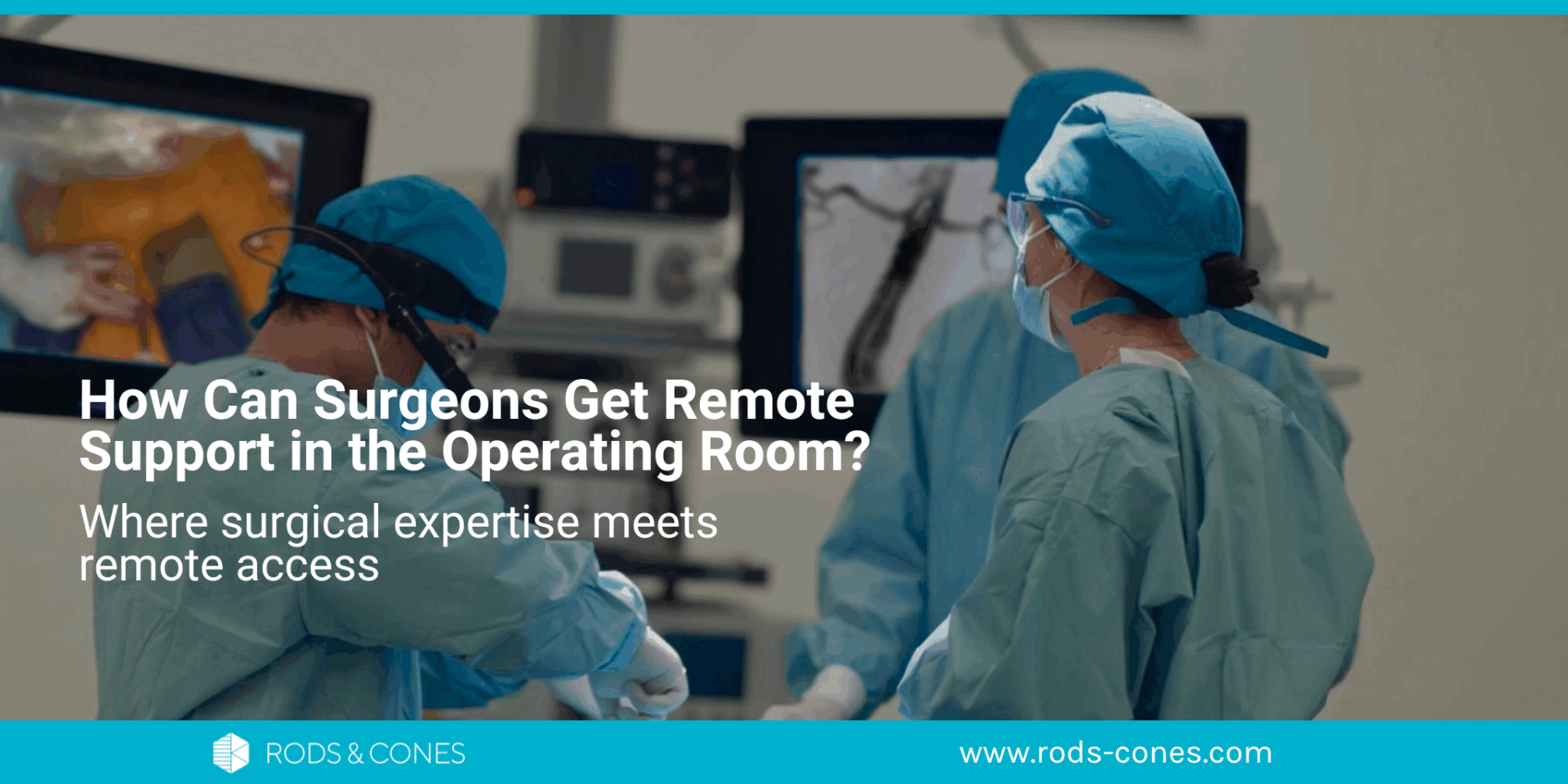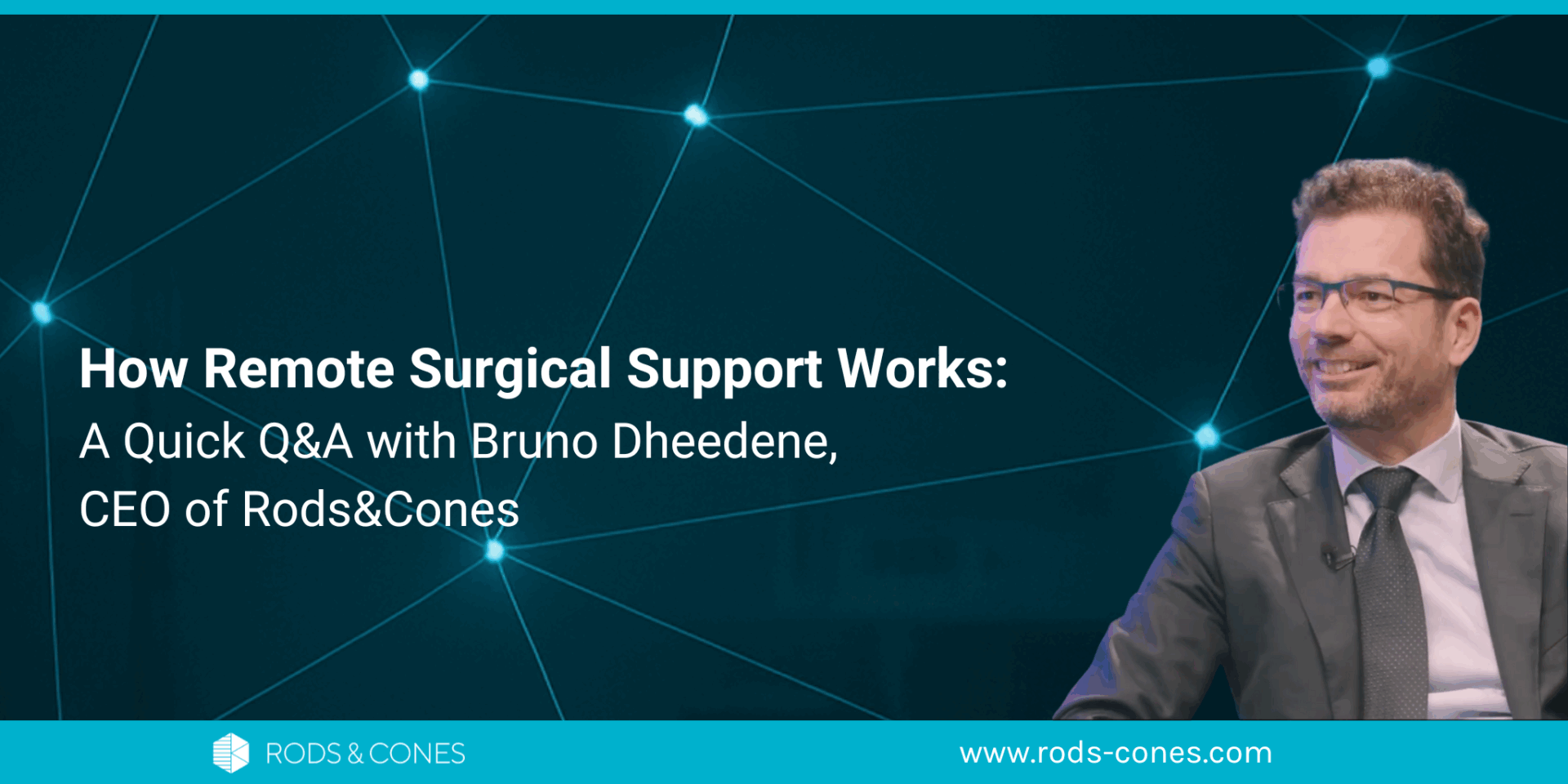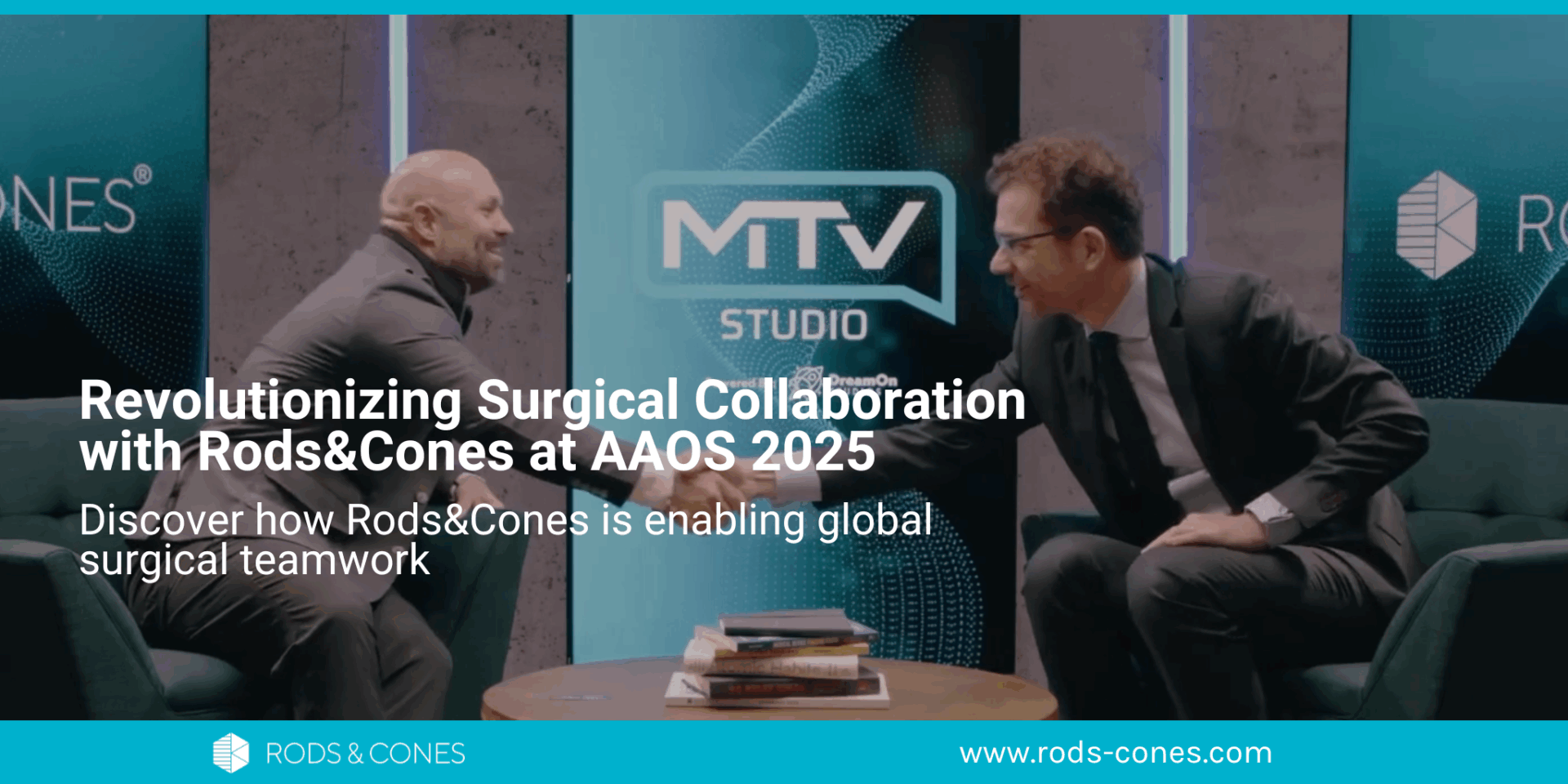The following case report dives into the advantages of teleproctoring for both mentors and mentees in the context of surgical training. For Dr. De Vos, navigating her first solo procedure under remote supervision accelerated her learning and strengthened her independence. The lack of an onsite proctor pushed her to resolve challenges independently, enhancing her decision-making abilities and leadership within the OR. On the mentor side, Prof. Dr. Oosterlinck experienced significant time and resource savings, highlighting the efficiency and environmental benefits of teleproctoring by eliminating the need for travel.
The Challenge ahead
Dr. Marie De Vos is a cardiac surgeon in her fourth year of residency ready to transition from a supporting role to a leading one in the operating room.
Having dedicated the past two years to mastering minimally invasive coronary procedures under the expert guidance of Prof. Dr. Wouter Oosterlinck, she embraced the digital frontier by opting for teleproctoring during her inaugural solo surgery.
Operating out of general hospital AZ Sint-Jan Brugge, Bruges, Belgium, Dr. De Vos prepared to undertake the procedure with the digital remote support of Prof. Dr. Oosterlinck, who would be proctoring from Leuven, roughly a 2,5-hour car drive away. This arrangement promised to blend the autonomy necessary for Dr. De Vos’ growth with the safety net of expert supervision.

Timing the readiness for remote
The journey from observer to practitioner in the field of surgery is multifaceted and varies for each individual. The consensus between the resident surgeon and her mentor, highlights a critical aspect of transitioning to teleproctoring: the readiness of the surgeon. “It’s essential that you’ve been part of the procedure extensively,” Dr. De Vos explained. “The decision to start teleproctoring is a collaborative one between the proctor and the surgeon. In my case, I felt prepared for remote support, and Prof. Dr. Oosterlinck agreed.”
Dr. De Vos’ 2 year preparation included three months of meticulous observation, attending procedures at least twice per week, followed by another three months of intensive training where she actively participated in various aspects of the surgery. This progressive approach built her confidence and skill set.
Prof. Dr. Oosterlinck, endorsing his mentee’s readiness, stated, “She successfully completed every step, and together, we chose a straightforward patient for her first solo procedure” —a decision that was as strategic as it was pedagogical.
Now it was about connecting all these individual steps into one fluid operation. They opted for a case that demanded a high level of technical skill and mental fortitude, especially for a surgeon’s first solo procedure.
The remote connection
For Dr. De Vos’ solo procedure, the Rods&Cones Remote Collaboration Service served as the digital bridge between her and her Proctor. During the mammary harvesting phase of the procedure, the robot’s video feed was shared with Prof. Dr. Oosterlinck and during the open anastomosis phase of the operation, she wore smart glasses that offered her proctor a first-person perspective of the surgical field.


From his office in Leuven, the Professor was virtually present in the operating room in Bruges via his computer screen. This setup enabled him to observe and follow the procedure with the same level of detail as if he were physically present.
Reflecting on the experience, Dr. De Vos noted the unobtrusiveness of the smart glasses. “The camera didn’t interfere with my work and the audio quality was excellent—I could hear Prof. Dr. Oosterlinck clearly,” she said. The seamless integration of the technology into her surgical process showcased its ability to enhance the procedure without causing distractions or discomfort.
Advantages for Trainees- Cultivating Independence and Decision-making Skills
Teleproctoring offers a distinctive advantage in surgical training by striking a delicate balance between guidance and independence, which in turn sharpens the learning curve for trainees like Dr. Marie De Vos. The necessity for the trainee to resolve issues without the physical presence of the proctor instills a sense of autonomy and fosters critical thinking.
The surgical practitioner experienced this firsthand, the absence of the proctor in the room compelled her to rely on her skills and judgment to complete the procedure. “It was more effective remotely, as this way, I had to finish the procedure myself. It gives me more time to find solutions to problems before seeking assistance”.
The absence of the proctor’s physical presence also ensures that the trainee maintains the leading role in the operating room, reducing distractions. Prof. Dr. Oosterlinck acknowledged the benefits of this approach. “There should be only one operating surgeon. If somebody else is giving orders, it is distracting for the team. It is the safest approach,” he said. Proctoring remotely, the proctor guides and supports without overshadowing the surgeon’s authority.
By creating and facilitating a scenario where the trainee surgeon must act decisively and take full responsibility for the surgery, teleproctoring expedites the trainee’s development. This method ensures that when the trainee eventually performs without proctoring, they are well-prepared to assume the role of confident and capable leader in the operating room.

Proctor Perspective – Enhancing Mentorship through Digital Means

Prof. Dr. Oosterlinck expressed a high level of satisfaction with the process: “I was very positive about the steps we took. The interventions and guidance helped to identify problems and find solutions. It underlines that our physical presence is not necessary to achieve these outcomes.”
For the experienced cardiologist, successful teleproctoring hinges on the preparation of the trainee and the quality of digital communication tools. “If the trainee is well-prepared, physical presence is not required. What’s essential is the ability to communicate, solve problems, and provide intellectual and mental support digitally. The tools we used met these needs exceptionally well.”
Another significant benefit for the proctor is the considerable saving of time and resources. He compared the logistics of in-person proctoring with the teleproctoring session. “I logged in at about 9:00 and was done by 1:00. In contrast, an in-person visit would require leaving home around 6 and not returning until between 3 and 4, not to mention the unpredictability of traffic.
The further the distance, the greater the uncertainty and time commitment. And if we consider international distances, the time and costs, including environmental impact, increase exponentially.”
“In evaluating all the proctoring cases I’ve been involved with, a significant percentage could feasibly be managed remotely,” he suggests. “For a professional with a coronary background and proper simulation training, I believe after one or two physical visits, the team would be ready to progress with digital support.”
Oosterlinck envisions a functional model involving one-third physical presence and two-thirds remote assistance. “I am convinced of this approach.”
Reflecting on the time spent traveling for in-person proctoring, the Professor often questions the necessity of his physical presence. The effort of being on-site, the eight-hour travels, the planes, the traffic—it all comes into question when he finds himself simply offering support from the sidelines, a role that, as demonstrated with Dr. De Vos, can effectively be fulfilled from a distance. The ability to identify issues, ask the right questions, and provide solutions does not always require being physically present in the operating room. The Session with Dr. De Vos made it clear to him, that remote teleproctoring is not just a viable option but also a potentially superior one in certain contexts.
This cost-effective method not only reduces financial burdens but also aligns with the growing need for environmental consciousness by minimizing the carbon footprint associated with travel.
Moreover, trainees like Dr. De Vos benefit from this model, gaining independence more quickly, thereby diminishing the need for constant proctor presence. “Dr. De Vos is already taking off after this session. With support for maybe three or four more cases, she’ll be ready to proceed independently. And I anticipate that within a year, she’ll be tackling more complex cases, potentially requesting my digital presence as a safety net,” Prof. Dr. Oosterlinck projected.





